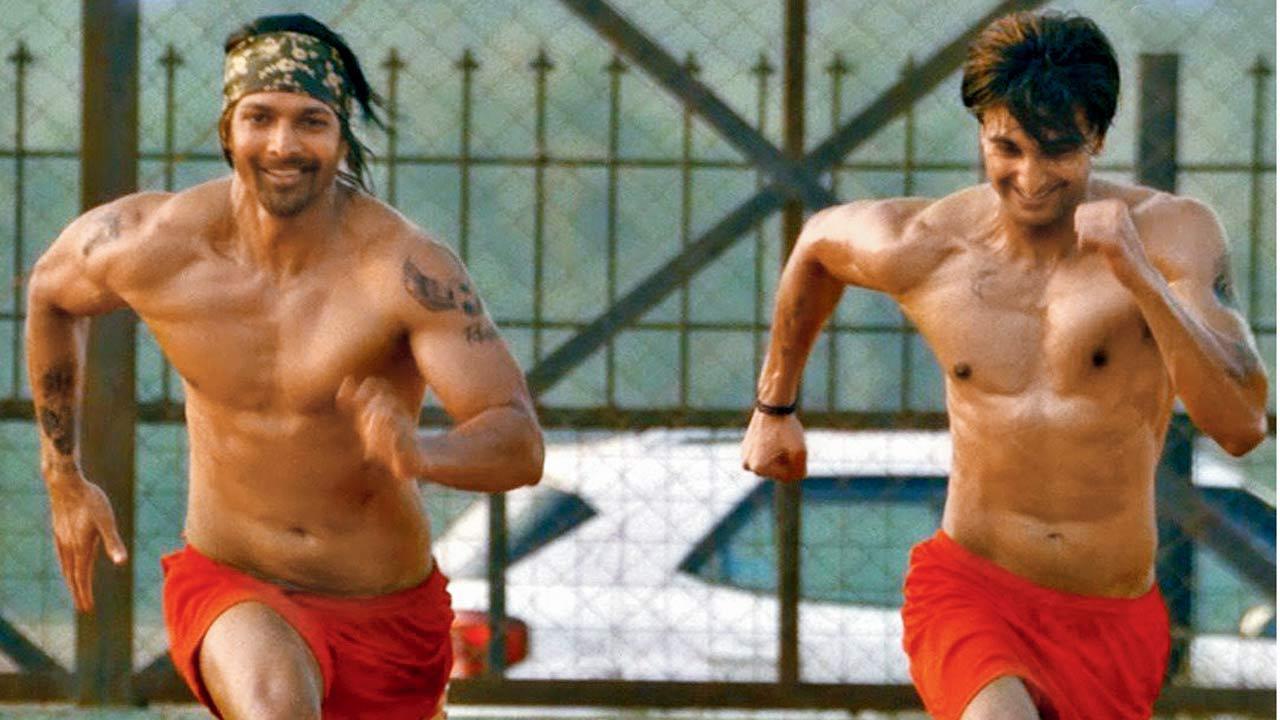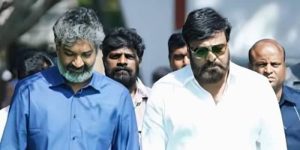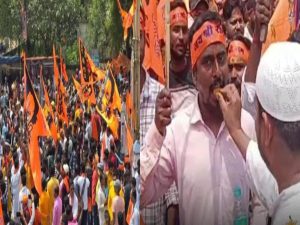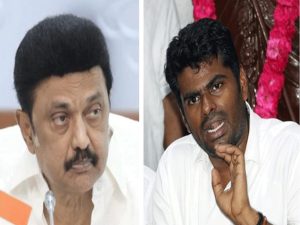
As the countdown to the release of his latest directorial venture, “The Miranda Brothers,” begins, acclaimed filmmaker Sanjay Gupta opens up about the shifting dynamics of India’s film industry. Renowned for his bold narratives set against the backdrop of Mumbai’s underworld, Gupta is now navigating uncharted waters as he moves beyond his familiar realm to explore a different style and theme.
“The Miranda Brothers,” a football-centric drama starring Harshvardhan Rane and Meezaan Jafri, marks a significant departure from Gupta’s usual genre. The film ditches the usual star-studded casts that Gupta once heavily relied on, emphasizing a story-driven approach instead. This move aligns with the recent dialogue about replacing star power with substantial narratives. However, Gupta insists that the ground-level reality contradicts this notion, revealing his firsthand experiences while casting for the film. “To pull off such a film isn’t easy,” Gupta acknowledges. “I had to build a digital wing because ignoring OTT would be a mistake.”
Emphasizing simplicity in casting due to the film’s football theme, Gupta deliberately chose actors proficient in the sport. An eagerness to start filming immediately was another factor leading to the involvement of Rane and Jafri. “I wanted to get straight into production. Approaching top stars like Varun Dhawan or Sidharth Malhotra would mean a year’s wait,” Gupta shares candidly. “At the time, no big stars were ready to take the plunge into direct-to-OTT films, and even now, many shy away from it.”
Shooting in the scenic locales of Goa, Gupta discovered that a massive production crew of 300 was unnecessary. Reflecting on this revelation, he believes that it’s possible “to be a big-ticket director and still create heartfelt films without the need for megastars.
.”
Breaking away from his past three decades of explorations into Mumbai’s underworld, exemplified by the “Shootout” series and “Mumbai Saga,” Gupta finds himself in an evolving narrative landscape. Despite the gruesome resurgence of underworld violence — such as the Baba Siddique murder — he asserts that today’s state-controlled environment stifles authentic storytelling.
“These times can’t be captured on celluloid because every aspect, even crime, is under state scrutiny,” Gupta laments. Highlighting the law and order breakdown demonstrated by gangster Lawrence Bishnoi’s videos from behind bars, he suggests that the current environment makes it impossible to depict these chaotic times on-screen.
Gupta is collaborating with producer Ektaa Kapoor on another installment of the “Shootout” series, facing the complex decision to set it outside familiar Mumbai due to the present uncertainties. This illustrates the broader struggle filmmakers face as they attempt to adapt to these changing circumstances, not just with crime narratives but across the board.
For Gupta, the climate of fear surrounding the ability to tell fearless stories is deeply concerning. As a seasoned filmmaker, he admits to self-censoring due to legal and OTT platform pressures, which preemptively flag contentious content. “The atmosphere of fear is pervasive,” he concedes, noting how even his forthcoming show — based on a disturbing true event from Mumbai — required name changes to avoid potential backlash.
Disillusionment pervades Gupta’s reflections on the consequences for emerging filmmakers. While technology and platforms like OTT initially promised artistic freedom, they’ve ironically become some of the most censored spaces today. “The filmmaker’s agency is being eroded,” Gupta observes somberly.
In spite of working in a notably challenging industry, Gupta remains committed to storytelling. He underscores the loss of opportunities for new filmmakers to express themselves fully, questioning how the next generation will navigate these constraints. As he continues to adapt, Gupta’s experience and insights shed light on the broader industry trends and potential paths forward, hoping for a time when fearless storytelling can once again thrive without restraints.












